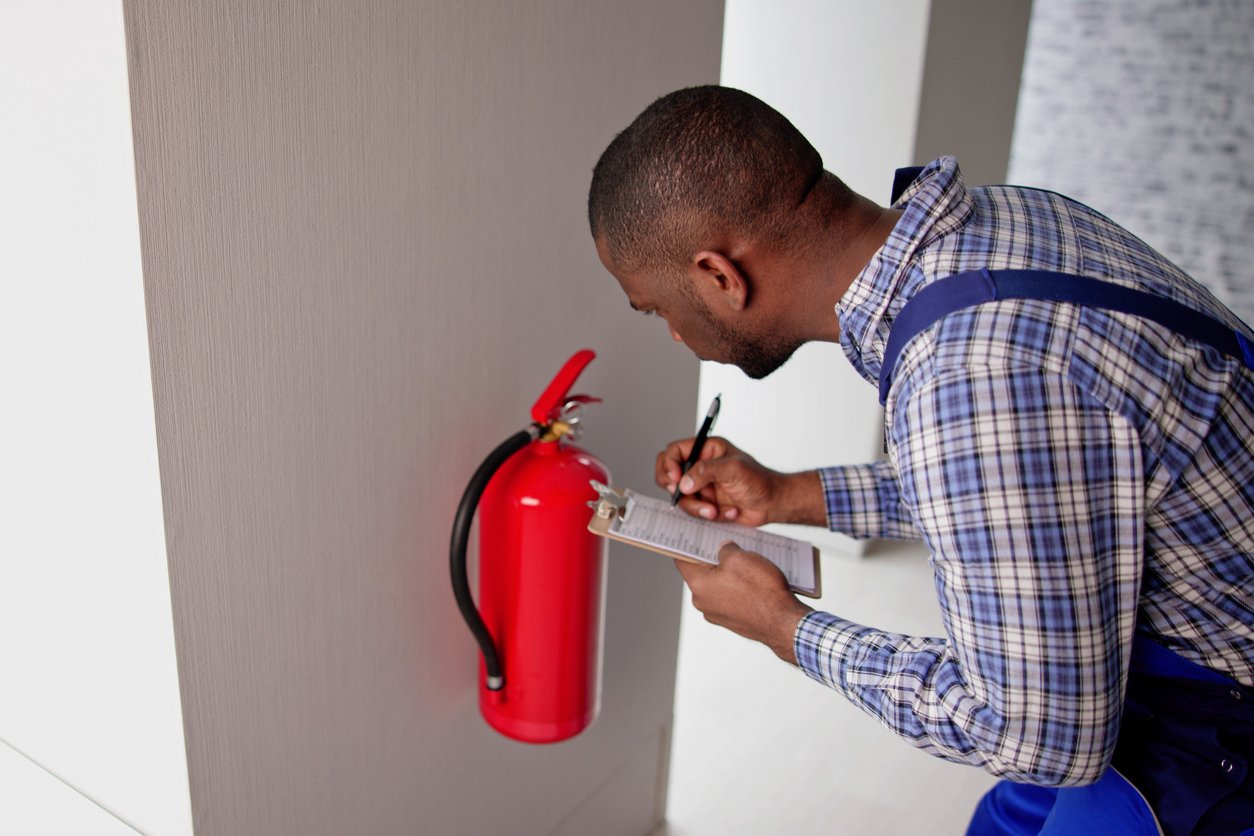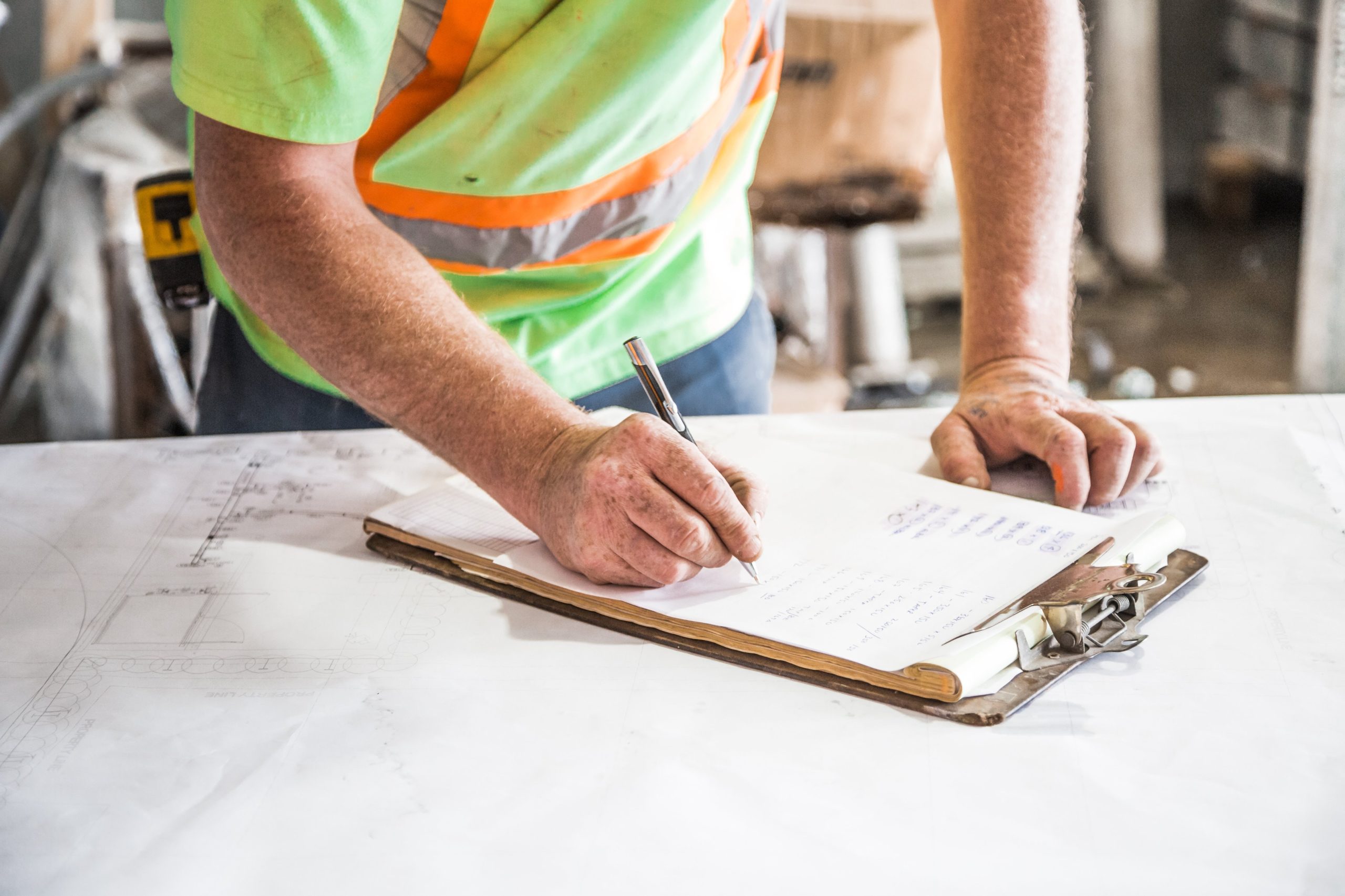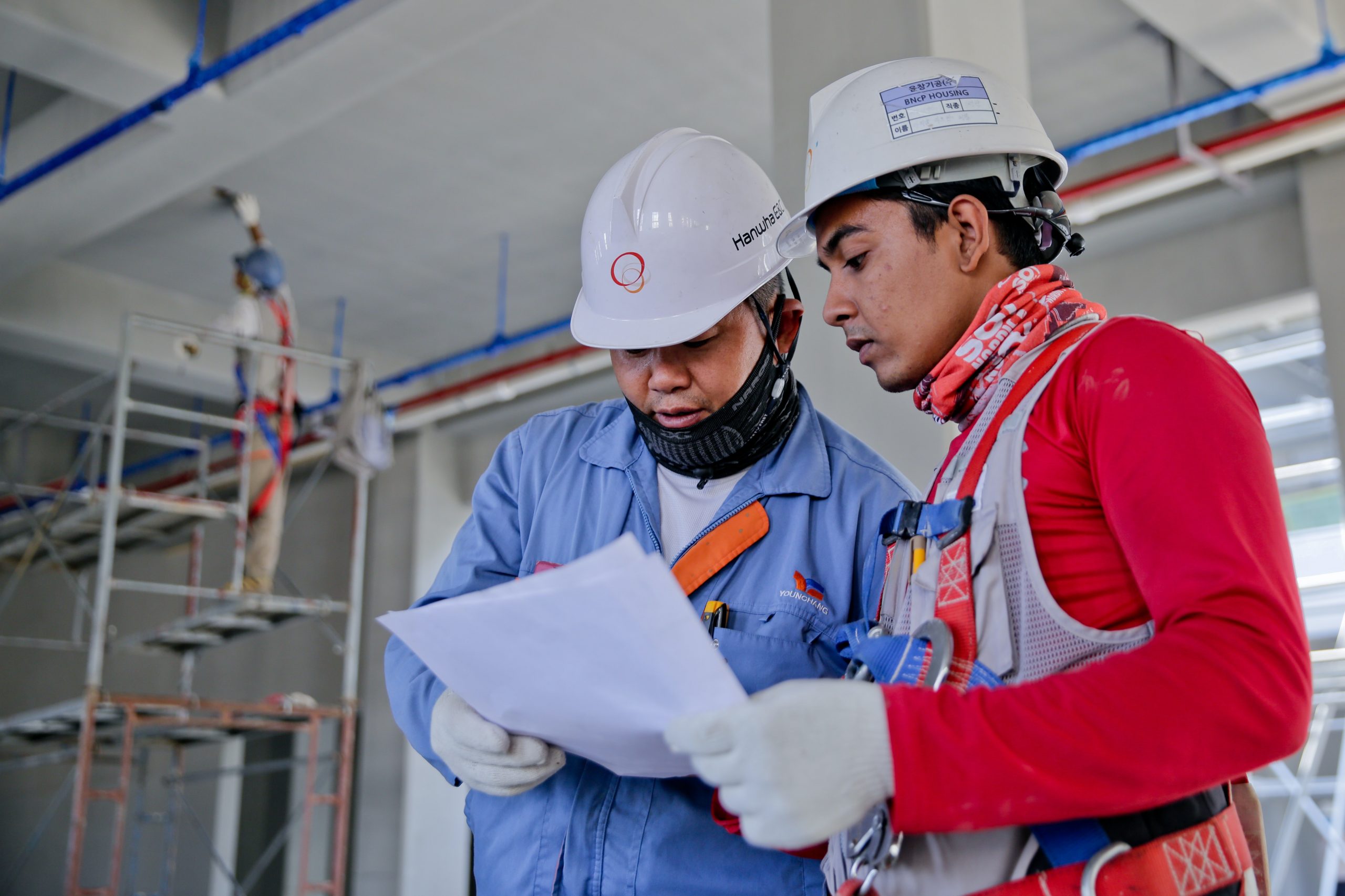The success of a work project hinges on the ability of the workers to do their job correctly. In an environment where their health and safety are at great risk, the greater the chance that they will not be able to accomplish their goals. Method statements play a key role in providing such an environment that the health and safety risks workers face are mitigated, if not altogether avoided. Creating a method statement is therefore expected in any industry where workers may be subject to certain hazards during projects. Before coming up with a draft for your method statement, it’s important to know exactly what it is and its purpose.
Method Statement Defined
A method statement is a document that describes how a particular work project needs to be done while ensuring the safety of the people involved. It identifies all the potential hazards workers might encounter during a project, including the associated risks that may come as a result of performing tasks for a project. It also lays out what precautions need to be put in place and followed to keep workers as safe as possible.A method statement has to be simple and clear, as complex and ambiguous language can be misinterpreted. As such, method statements are generally written in a step-by-step format so that anyone who is part of the project can easily follow the instructions. The emphasis on a method statement’s clarity cannot be understated, as everyone involved in the project should read it. Ignorance cannot be an excuse when people’s lives and livelihoods are at stake.
Importance of a Method Statement
A method statement’s utility goes beyond having a set of safety instructions to be filed away and referenced only when something has gone wrong. It can be a crucial document for the following situations:
High-risk industries — From construction to manufacturing to energy production, work environments in such industries can be made much safer when people have a method statement to follow.
Complex activities — Tasks that have intricate processes and where a single mistake can be dangerous such as operating heavy machinery and demolishing structures would have clear safety protocols with a method statement.
Handling hazardous materials — Workers exposed to all sorts of hazardous materials in places like chemical plants can refer to a method statement for proper handling of such resources.
Self-employment — Writing down safety measures in a method statement can be a reliable failsafe for entrepreneurs that are solely responsible for their own business.
Collaborations — Organisations in high-risk industries often require a method statement before partnering with other companies on a project, as the document gives them a clear idea of what their potential partner can provide in terms of safety and quality. It may not necessarily be required by law, but clients may demand it anyway.
Legal protection — Along with having a risk assessment, creating a method statement and making sure everyone involved in the relevant project has read it can help resolve legal disputes.
Process optimisation — In case there is any point in the process that fails, referencing a method statement removes any guesswork in identifying the cause of failure, which can then lead to a better process in the future.
Organisational morale — By writing a method statement, it shows a commitment to the health and safety of the people in the organisation and to all involved external parties. The workers can proceed with their tasks knowing full-well that their well-being is a top priority.
Requirements for Creating a Method Statement
With a solid understanding of the purpose and importance of a method statement, we can move on to knowing how to write a method statement. There are elements that every method statement is expected to have. However, there are also details that only specific projects may require. As such, we have separated this section in two parts to cover mandatory and additional information.
Mandatory Information
The following items are the absolute minimum requirements for every type of method statement:
- Project name
Not every project, even those done within the same organisation and environment, follows the same processes and safety measures. Each one needs its own method statement.
- Project summary
A brief overview of what the project is about and its goals.
- Location
The complete address of where the project will take place.
- Dates
The start and estimated end date of the project. Such dates give a set timeline for everybody involved to accomplish their tasks within a reasonable period.
- Hours
Writing down the expected hours to spend on tasks helps with more efficient time management.
- Company Details
All the basic information about the company in charge of the project, including name, address, and contact details.
- Risk Assessment Details
All the information gathered during the risk assessment process, including the date of the assessment and the name of the assessor.
- Potential Hazards
A comprehensive list of all the hazards that workers in the project may face while performing their activities, including by-products of their activities.
- Staff and Responsibilities
All the people involved in the project, including management, supervisors, on-site workers, and contractors. The responsibilities for each member of the project must also be outlined.
- Work Procedures
Every step of every relevant process must be described in sequential and straightforward terms.
- Safety Measures
For every task outlined in the method statement, there must also be safety and health precautions detailed to minimise the task’s associated risks.
- First Aid and Emergency Procedures
Emergencies must be accounted for in the method statement, so that workers can react quickly and orderly to contain dangerous situations and provide first aid if necessary.
- Health and Safety Contacts
There should be dedicated people in charge of health and safety for the project, with their contact information easily accessible in the method statement.
Additional Information
The following items are what you may have to include for certain projects and clients.
- Permit to Work
Depending on the project, a permit to work may be necessary. High-risk projects such as working at height and working underground typically require this document. It also has to describe the project and how it will be done.
- Training
Special projects that require specific training credentials from workers need to have this information laid out in the method statement. This is to show that the people involved are certified to carry out their assigned tasks and use the proper equipment.
- Necessary Equipment
All the plant and equipment that will be required to complete the project should be listed in the method statement whenever it is applicable, such as heavy machinery and scaffolding.
- Personal Protective Equipment (PPE)
High-risk work environments where workers may be exposed to hazardous materials or dangerous conditions require the use of PPE for every person on-site. There should also be clear instructions on how to properly use the PPE.
- Waste Disposal
Projects that result in the production of waste on-site need to have a process in place for safe and responsible disposal, especially when it comes to hazardous materials and when in close proximity to public spaces.
- Illustrations
If explaining a complex process or describing a work site would be better accomplished through an illustration instead of plain text, you can do so in a method statement. At the very end of your method statement, include a validation section where every person involved in the project has to sign off, stating that they have read the entirety of the document and that they will follow it.
Professionally Prepared Method Statements
Even with just going for the minimum content required for a method statement, there is still plenty of information that you need to account for and write down. The more specialised the project, the more content you need to include as well. If you find yourself already overwhelmed by the amount of data you have to prepare, look to The Health & Safety Dept for the professional assistance you need. Our health and safety experts have developed method statements for businesses all over the UK, across different industries. Get in touch with us today to schedule a consultation.








